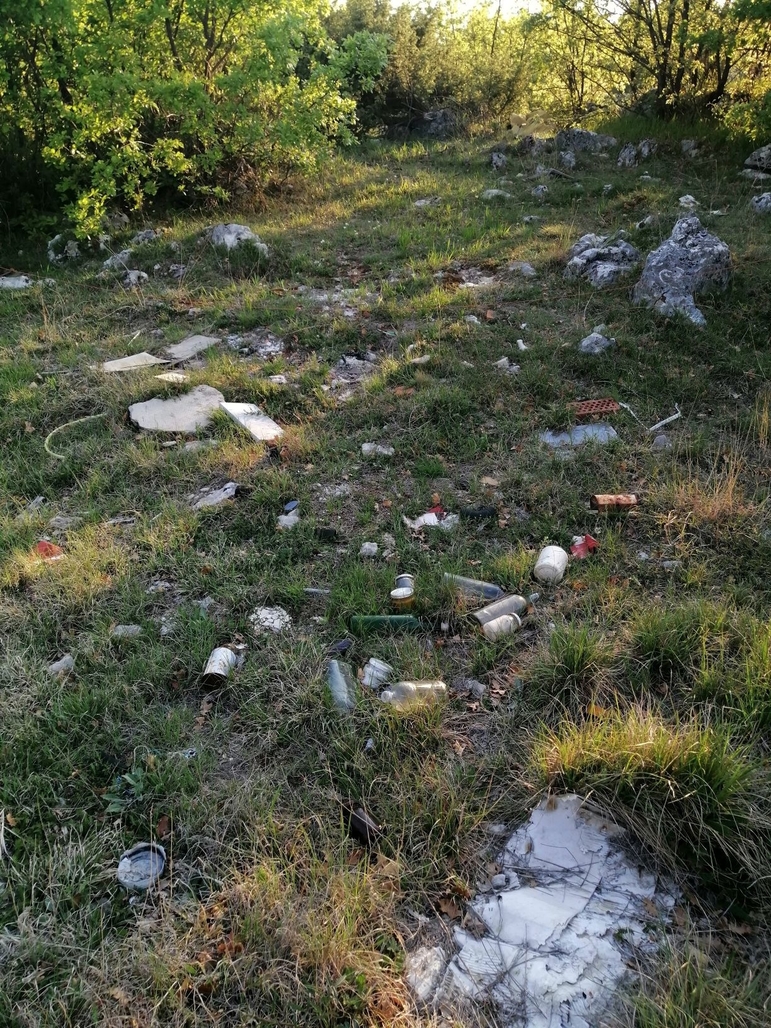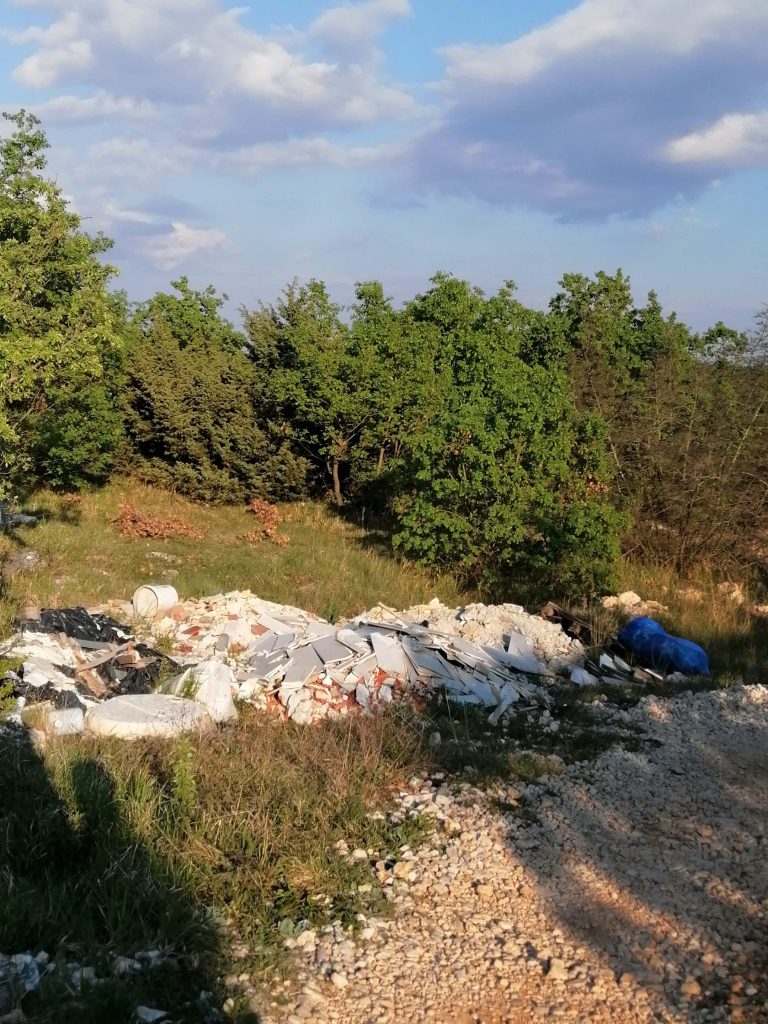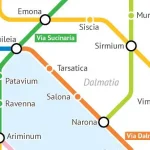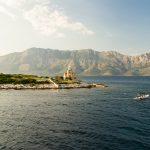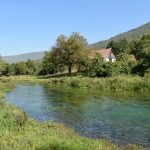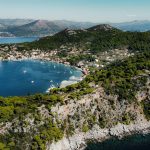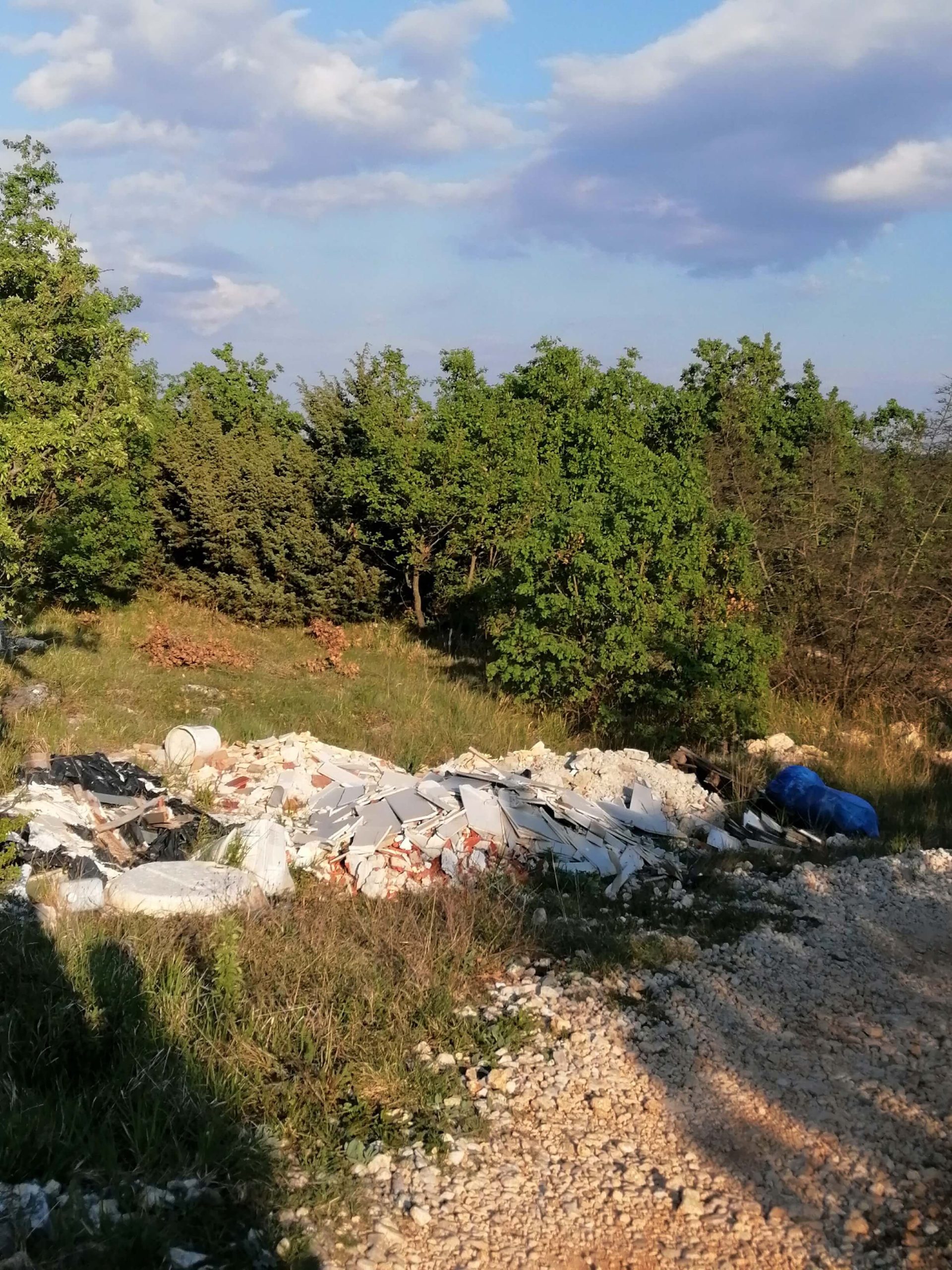
August 20, 2020 – A few years ago, a Roman road was opened in the area of Samoleč, near Trilj. On that 500-meter-long road section, the remains of cobblestones are still visible in some places, as evidence of the intensive roadway that connected Salona with inland Dalmatia in ancient times.
This road heading was of great importance because it connected the Roman colonies and military camps with Pons Tiluri on the Cetina river.
Although a month and a half were spent picking up garbage and clearing bush before opening, this cultural asset soon became a new destination for an illegal landfill.
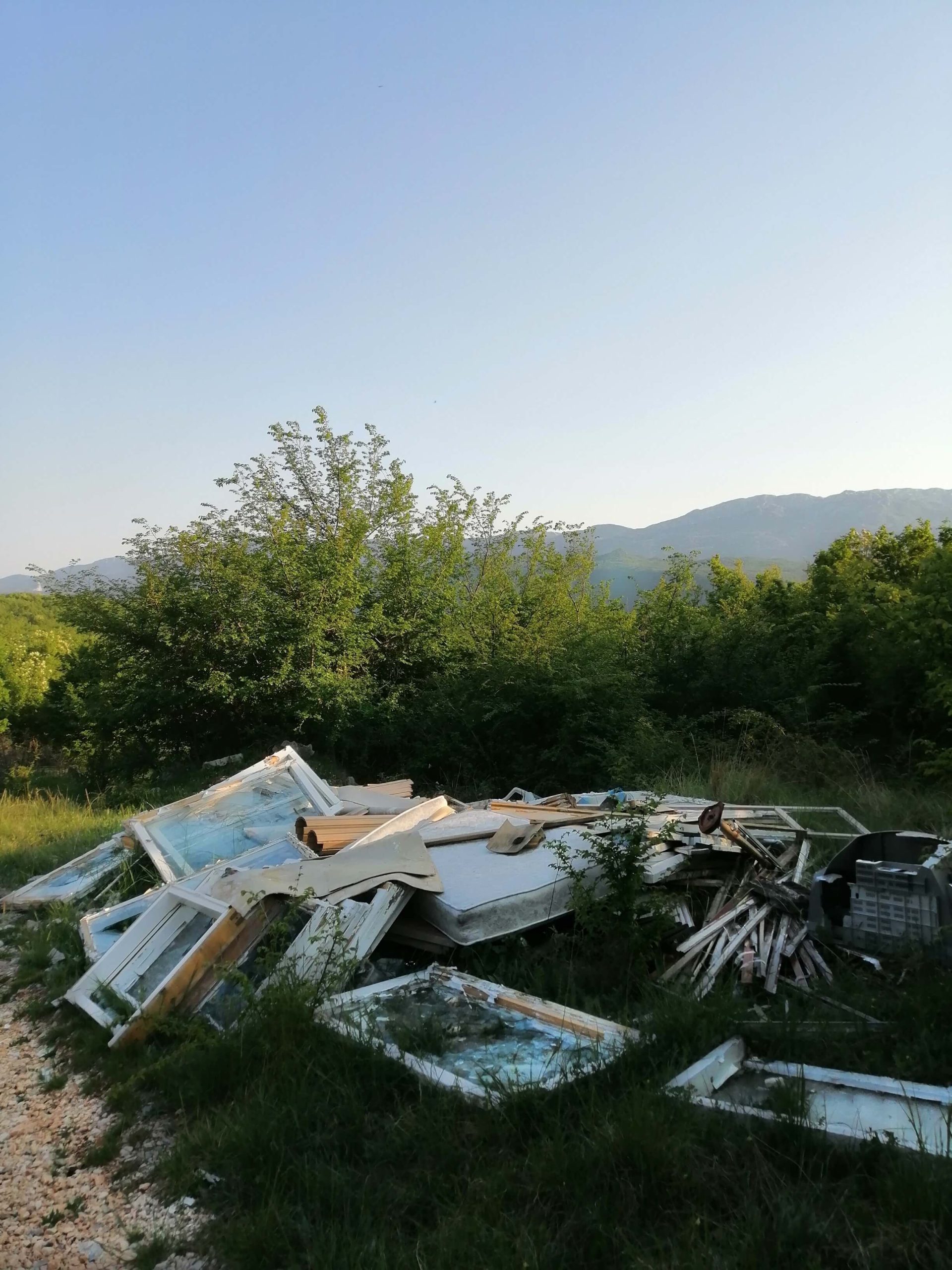
When opening the Roman road, the leader of the archeological project of the Roman road communication of Central Dalmatia, Lino Ursić, stressed the importance of developing archeological tourism as a subtype of cultural tourism.
„When we first saw the road, we were overjoyed because it is well preserved, we can see the paved road, curbs, walls, the remains of the track. It is a truly valuable archeological find. Trilj will have to become a destination of archeological-historical tourism because in that area we have a roman road, a Roman military camp, two medieval fortifications, and a quality museum that presents all this”, Ursić stated.
It seems that this idea has fallen into oblivion, given that a good part of the site today is covered with old furniture, plastic waste, and glass.
In addition to being aesthetically unpleasing and certainly unattractive to visitors, it is dangerous for cattle coming here to graze and for children who could be injured.
Municipal services have been contacted regarding this problem, but guess what, nowhere to answer!
An interesting tourist product, a historical story of Roman history and roads, which would connect Split and Salona via Klis and Trilj, ended up in – garbage.
